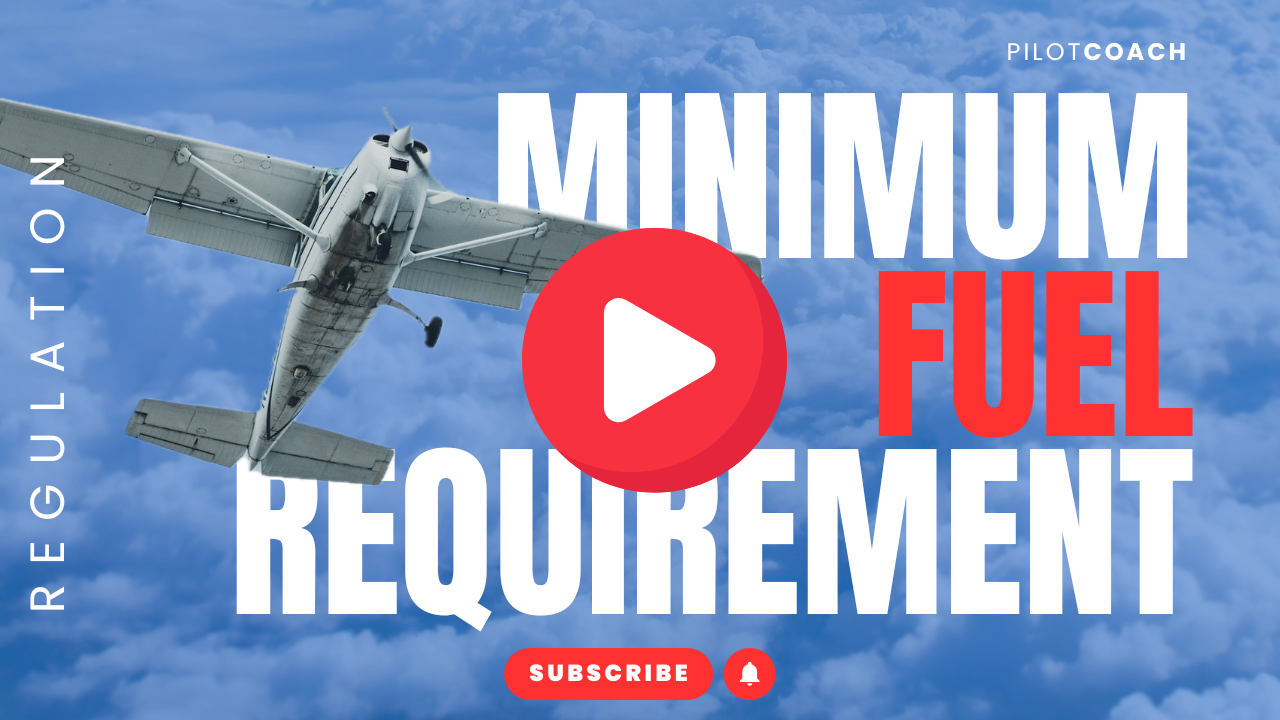Pass Your Instrument Rating Checkride
Master the IFR environment and elevate your aviation skills with confidence. This guide walks you through the entire FAA Instrument Rating Practical Exam process—so you’re ready for anything the DPE throws at you.
Pilot Coach Guide
What to Expect on the Instrument Checkride
Your instrument rating checkride includes an oral exam followed by a flight test. Both are designed to verify that you understand IFR procedures and can safely fly in the national airspace system using instruments alone.
The DPE will expect mastery of the Instrument ACS, emphasizing risk management, decision-making, and your ability to fly by reference to instruments. Here's how to prepare with Pilot Coach.
- IFR Oral Exam Preparation. Regulations, weather interpretation, IFR charting, instrument systems, lost comms, and scenario-based questions—this is where you’ll prove your readiness on the ground.
- Instrument Flight Demonstration. You'll fly under simulated instrument conditions to demonstrate holding patterns, precision/non-precision approaches, missed approaches, and more.
- Scenario-Based Training. We teach you how to think like a pro. Lost comms? Unplanned hold? Weather below minimums? You’ll know exactly what to do.
Instrument Rating Oral Exam
Expect your oral exam to last 1.5 to 3 hours. You'll be asked to demonstrate knowledge in areas such as:
- IFR regulations (Part 61 & 91)
- IFR enroute and approach charts
- Flight planning for IFR flights
- Lost communication procedures
- Aircraft systems & avionics (e.g., pitot-static, gyros, GPS)
- Weather products (TAFs, METARs, Prog charts, icing forecasts)
- Holding pattern entries and expectations
Scenario-Based Example:
You're planning an IFR flight from KSAT to KDFW in a Cessna 182 with G1000. Weather at KDFW is marginal VFR with intermittent low ceilings. Your alternate is KDAL. During cruise, ATC clears you direct to an IAF, and you lose all COMs mid-route. What do you do?

Instrument Rating Flight Portion
The practical portion simulates IFR flight from start to finish, often under the hood with a safety pilot. Expect to demonstrate:
- Departure procedures & clearances
- Holding pattern entry and flying
- Approaches: ILS, LOC, RNAV (LPV), VOR
- Missed approach procedures
- Emergency procedures under IFR
- Situational awareness & automation management
Scenario-Based Example:
During your checkride flight, the DPE tells you your ILS approach is not receiving a signal and the weather is nearing minimums. What is your next move? How do you execute a missed and navigate to your alternate?
